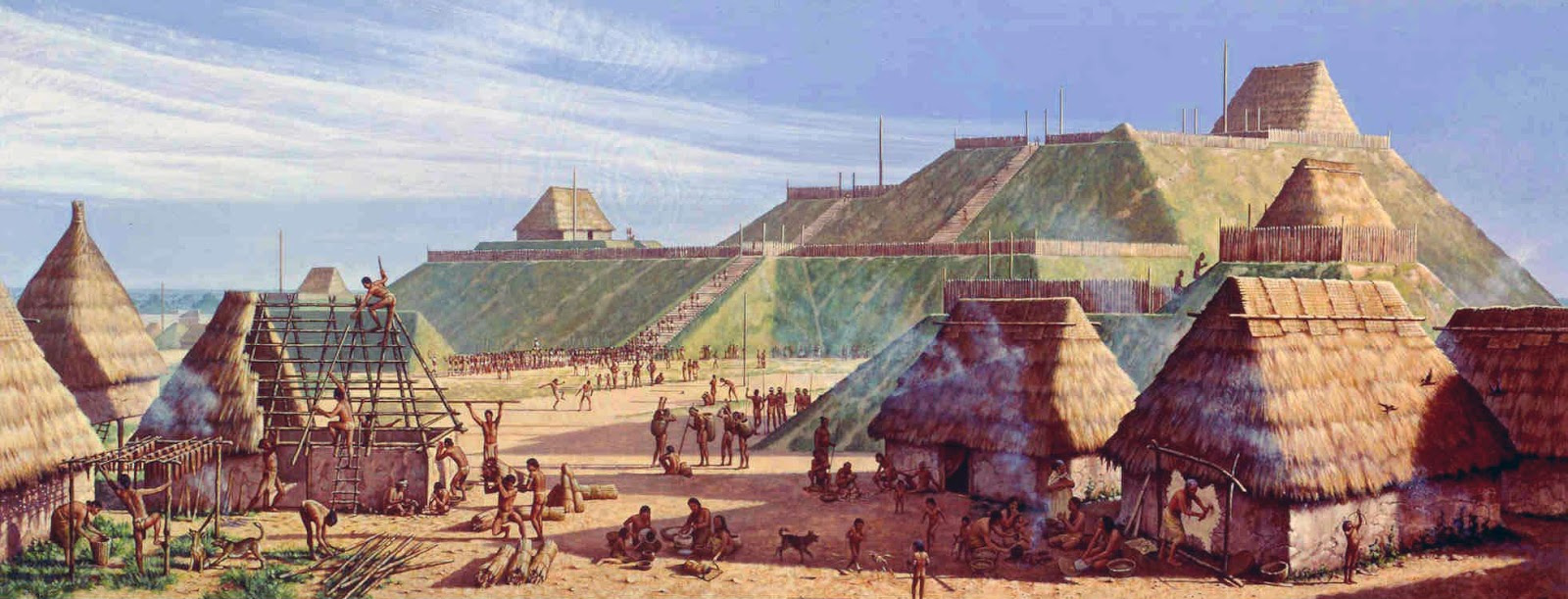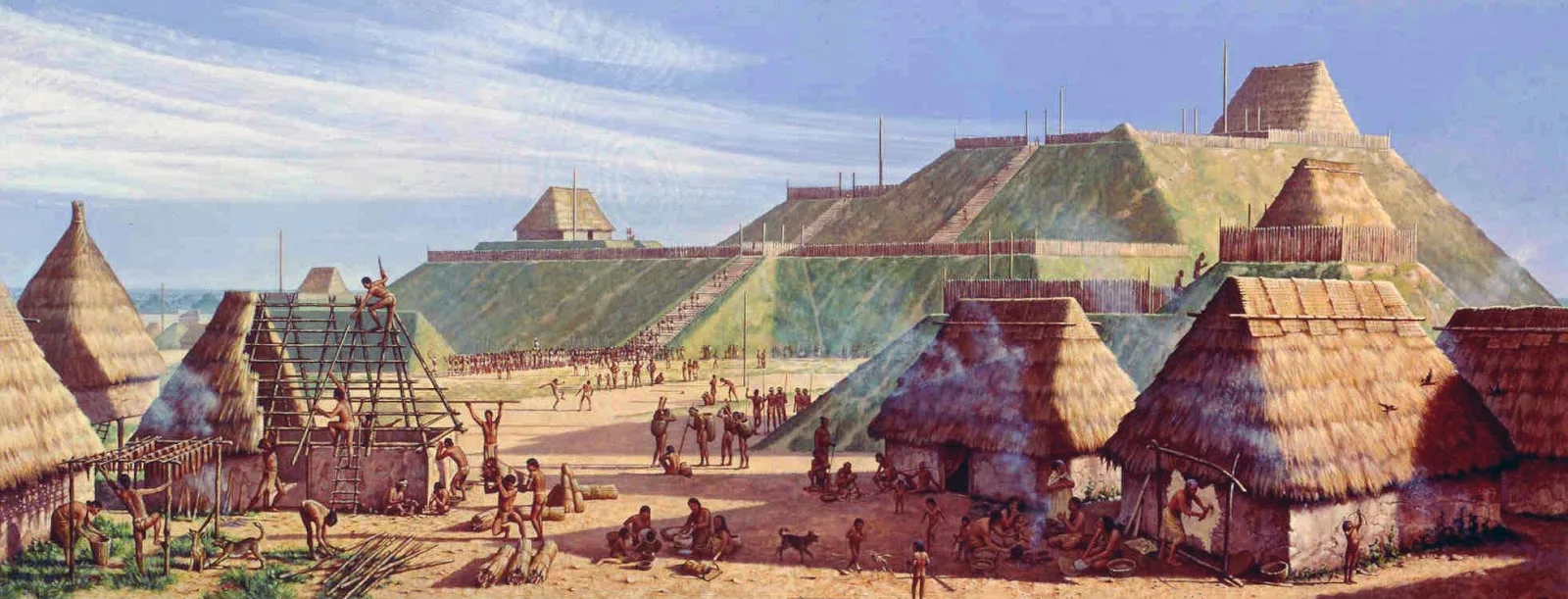
Pre-Colonial Period (Before 1492): Prior to the arrival of Europeans, numerous indigenous cultures existed throughout North America. These cultures varied greatly in their customs, languages, and ways of life.
Age of Exploration (1492-1607): In 1492, Christopher Columbus arrived in the Caribbean, marking the beginning of European exploration and colonization of the Americas. Spain, France, England, and the Netherlands all established colonies in North America during this period.
Colonial Period (1607-1775): The English established the first permanent settlement in North America at Jamestown, Virginia in 1607. Over the next century and a half, the English, French, and Spanish established colonies throughout the eastern seaboard of North America.
American Revolution (1775-1783): Tensions between the American colonies and the British government escalated, leading to the American Revolution. The colonists fought for independence and in 1776, the Declaration of Independence was signed.
Constitution and Early Republic (1783-1800): After winning the Revolutionary War, the United States was governed under the Articles of Confederation. However, the government was weak and ineffective, leading to the drafting of the US Constitution in 1787. In 1789, George Washington was elected the first President of the United States.
Westward Expansion and Manifest Destiny (1800-1861): During this period, the US expanded westward, acquiring land through treaties, purchases, and war. The concept of Manifest Destiny, the belief that it was America’s destiny to expand westward and spread democracy, became popular.
Civil War and Reconstruction (1861-1877): Tensions between the northern and southern states over slavery and states’ rights led to the Civil War. The Union won, and slavery was abolished with the 13th Amendment. Reconstruction aimed to rebuild the country and ensure equal rights for African Americans.
Industrialization and Gilded Age (1877-1900): The US experienced rapid industrialization and urbanization during this period. Immigrants from all over the world came to the US seeking jobs and a better life. However, economic and political corruption also became rampant.
Progressive Era (1900-1920): The Progressive movement aimed to reform politics, social justice, and the economy. Women’s suffrage was achieved with the 19th Amendment in 1920.
Roaring Twenties and Great Depression (1920-1940): The 1920s were a time of economic growth, cultural change, and increased political conservatism. The stock market crash of 1929 led to the Great Depression, which lasted throughout the 1930s.
World War II and Postwar Period (1940-1960): The US entered World War II in 1941 and played a major role in defeating the Axis powers. The postwar period saw a booming economy and the emergence of the US as a superpower.
Civil Rights Movement and Vietnam War (1960-1975): The Civil Rights Movement aimed to end racial segregation and discrimination. The Vietnam War, which the US became involved in, was highly controversial and led to social and political unrest.
Late 20th Century and Beyond (1975-Present): The US has faced numerous challenges in recent decades, including the Watergate scandal, the War on Terror, the Great Recession, and the COVID-19 pandemic. The country remains a global leader in many areas and continues to grapple with issues such as political polarization, social inequality
